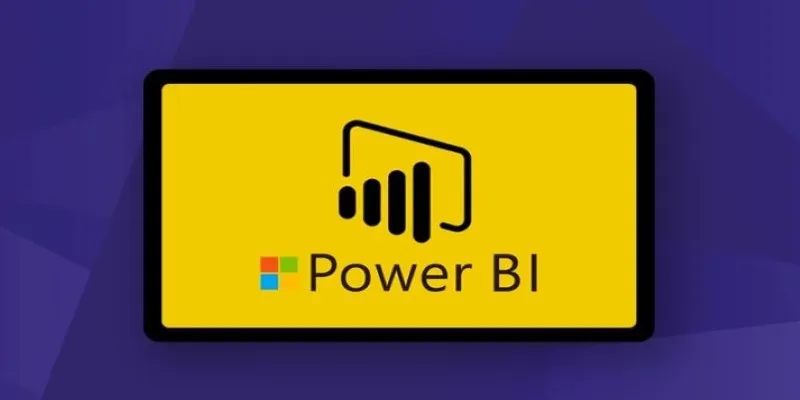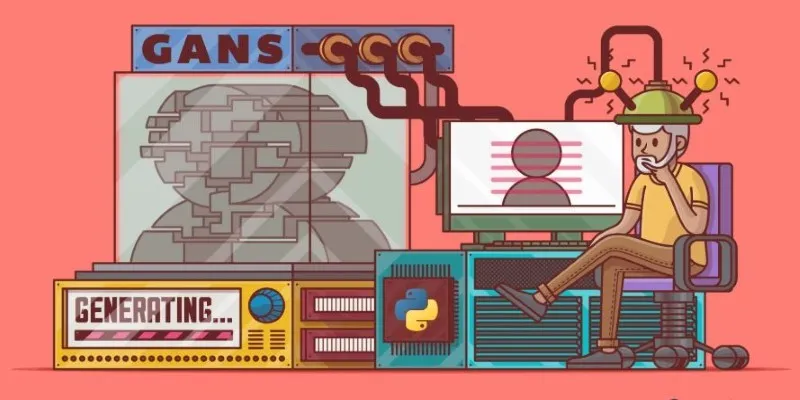As artificial intelligence (AI) continues to expand its role in education, research, and technical industries, there’s a growing demand for AI models that are not only powerful but also specialized, efficient, and cost- effective. OpenAI’s o1-mini meets this need by delivering reasoning capabilities finely tuned for STEM disciplines while remaining remarkably lightweight and affordable compared to broader, more general-purpose models.
Positioned as a streamlined version of OpenAI’s o1 model , o1-mini is specifically designed for tasks involving structured logic, math, and programming—without requiring the full computational power (or cost) of its larger counterparts. This shift toward specialization over sheer scale marks a strategic evolution in AI development and deployment.
A Model Built for STEM Efficiency
Unlike general-purpose language models trained on extensive corpora covering countless topics, o1-mini is different. It has been specifically trained with STEM in mind, enabling it to excel in math, science, programming, and logical reasoning.
This targeted focus provides o1-mini a sharp edge in areas where accuracy and structured thinking matter more than encyclopedic knowledge. It doesn’t aim to know everything; instead, it specializes—a rare but valuable trait in AI models.
While general models like GPT-4o are known for their language fluency and breadth of information, o1-mini concentrates on logic and precision. This focus makes it ideal for problem-solving environments where consistent reasoning outweighs the need for broad-world knowledge.
A Cost-Efficient Reasoning Model

One of o1-mini’s standout features is its focus on cost efficiency. OpenAI launched the model with a clear intention: to offer a low-resource alternative without sacrificing reasoning performance.
For developers working on constrained budgets, educators integrating AI into classrooms, or institutions looking to scale AI tools across departments, o1-mini presents a dramatically more affordable entry point into advanced AI applications. Specifically, Tier 5 API users benefit from an 80% cost reduction compared to o1-preview, making reasoning at scale a realistic possibility for a much wider user base.
It is especially valuable in education and public-sector environments, where budgets are often limited, but the need for intelligent tools continues to grow.
Specialized for Reasoning, Not General Knowledge
A defining trait of o1-mini is that it doesn’t strive to know everything—and that’s by design. Its creators prioritized focused reasoning over expansive world knowledge. As a result, while the model may not perform as strongly on broad general-knowledge tasks, it excels in structured problem-solving domains.
This trade-off is a strength rather than a limitation. For users who need quick, accurate outputs in fields like algebra, logic, or coding logic, o1-mini removes the noise and delivers targeted performance. It’s optimized for what matters most in STEM: clarity, accuracy, and reliability.
Smaller but Still Powerful
Don’t let the name “mini” fool you—o1-mini is still a powerful AI model. It leverages the architecture and training philosophy of OpenAI’s original o1 but in a refined, lighter package. While it doesn’t carry the bulk of massive language models, it packs enough sophistication to match or even outperform larger models in reasoning tasks.
This power-to-weight ratio makes it highly suitable for:
- Mobile or edge deployments
- Interactive learning tools
- Real-time feedback systems
- Custom integrations in academic platforms
Its ability to maintain performance without requiring high computational resources also means it’s faster and more responsive, enhancing user experience across applications.
Accessing o1-mini: Who Can Use It and How?
OpenAI is rolling out o1-mini across its platform with tiered availability to ensure broad access while maintaining system performance.
Here’s who can use it now or soon:
- ChatGPT Plus & Team Users: Access is currently available via the model picker, with weekly message limits.
- Enterprise & Education Accounts: Full access is being gradually introduced.
- Tier 5 API Users : Already have access to o1-mini for integration and experimentation.
- Free Users : The model is expected to be made available soon for broader testing and adoption.
While certain features like function calling and streaming are still in development, the core capabilities of o1-mini are already accessible for a wide range of users and use cases.
Why o1-mini Matters for the Future of STEM Education?

The introduction of o1-mini aligns with a broader shift in how AI is being integrated into learning environments. Instead of relying on generalized chatbots, educators and students now have access to tools that can reason through problems, explain logic, and adapt to technical domains.
Key benefits for education and STEM learning include:
- Interactive problem-solving : o1-mini supports step-by-step reasoning, ideal for tutoring systems.
- Real-time feedback : Faster responses enable smoother classroom or homework support experiences.
- Affordable access : The cost-efficiency makes it possible to scale AI integration without premium expenses.
- Focused output : By staying on topic and avoiding unrelated general knowledge, o1-mini provides concise, relevant assistance.
Its introduction sets the stage for a new wave of AI-driven learning platforms where precision matters more than generality—and where affordability is no longer a barrier to innovation.
Robust Safety Measures for Responsible Deployment
In addition to performance, OpenAI has prioritized safety and alignment in o1-mini’s development. It includes:
- Alignment Training : The model’s training structure mirrors o1-preview’s safety protocols, ensuring that outputs are aligned with human expectations and values.
- Jailbreak Resistance : o1-mini offers significant improvement in resisting manipulation or misuse, boasting 59% more jailbreak robustness than GPT-4o.
- Transparent Evaluation : OpenAI has published a system card outlining the model’s safety assessments, strengths, and limitations. This transparency allows developers and organizations to evaluate its suitability and mitigate risks proactively.
With security and ethical use now a top concern across AI deployment, these built-in protections make o1-mini a safer option for integration in academic, professional, and public-sector environments.
Conclusion
OpenAI’s o1-mini marks a significant step forward in building efficient, specialized AI tools tailored for STEM domains. With its reasoning-focused architecture, cost-effective performance, and streamlined design, it stands out as a practical alternative to bulkier, general-purpose models. Its precision in math, coding, and logic-based tasks makes it a valuable asset for educators, developers, and researchers alike. By prioritizing alignment and safety, o1-mini also ensures responsible and reliable use in academic and professional settings.
 zfn9
zfn9























